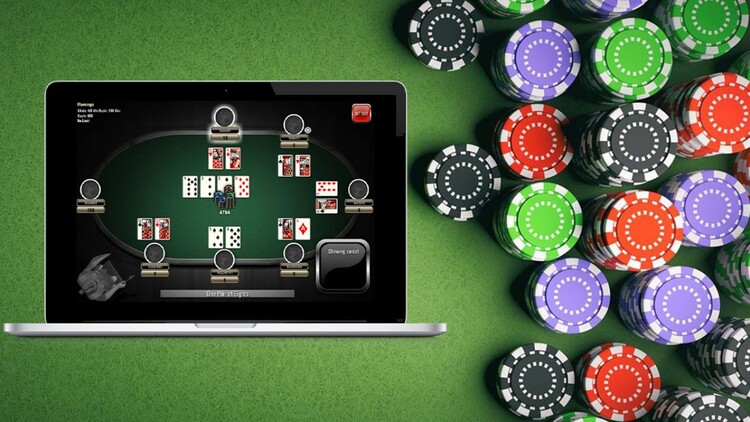It’s impossible to overstate the significance of mastering sound poker online strategy. Despite this, many players still risk their lives in combat without protection! They’ve got to be crazy, right?
The 5 Golden Rules of Hold’em Strategy
Tactics are helpful, but Strategy is what gets us out alive! Few people could correctly differentiate between Strategy and tactics if you posed the question to a group of 100 people. The primary distinction between tactics and Strategy is that the former requires short-term decisions, while the latter involves more long-term ones.
These five stand out as essential for beginning and intermediate players. Opening Hands, Bet Sizing, Limping, Knowing When to Fold, and Position are the topics covered in these lessons.
Open with a hand that can make you money in every situation.
Keep tabs on what’s happening at your table to ensure your stake is correct. The following are the top five Texas Holdem poker strategy suggestions:
Using the appropriate folds will help you make more money.
Take advantage of your opponent’s situation.
Starting with open hands is a good starting point.
The hands you pick to fight with in Texas Holdem poker are crucial. Starting hands is merely one aspect of the game to take into consideration. When determining which hands to play, your position is of paramount importance. As you approach closer to the Button, you have a better chance of getting a wider beginning hand range.
Take into account the player numbers in hand. There is less chance of getting paid off if you’re playing against just one person than if you’re playing against six. However, while playing heads-up, these hands have a bigger bluffing value because there is just one person to convince that you have the nuts!
It’s important to consider how a hand can make you money in any particular situation when selecting an opening hand. For example, a little suited connector like this plays better in the heads-up pot than in the multi-way pot, but it’s better for value. You should be aware that a suited connector-type hand is unlikely to be paid off. In a multi-way pot, it’s even less likely that you can bluff.
Thus, you must consider how the flop may affect your bankroll before choosing an opening hand. The only way to play good poker is to know how each hand will affect your bankroll.
Place Your Bets Confidently on Sizing
When playing in No Limit cash games, players have the freedom to bet whatever they can afford to lose. Many players get themselves into problems because of this freedom.
Sizing Bets – Before the Flip
You can understand how big your bets should be by keeping tabs on what’s happening around you. If that is the standard, you should take the 2.5xBB pre-flop raise as a newbie. Raising an irrational amount in an attempt to appear sophisticated may backfire. To your opponents, your stake size ought to be known and understandable. You’re only making it more difficult for players to decide if you raise unexpected sums. After the flop, it’s a good idea to make it difficult for your opponents to come to their conclusions. Pre-flop almost always leads to a loose call, which is the exact opposite of what you want or needs.
After the flop, bets are sized.
C-bets (continuation bets following pre-flop raises) would be nearly necessary if you raised pre-flop. You should stake 50% and 70% of the pot while making a c-bet. The power of your hand will be determined by the size of your bets. A large c-bet is viewed as a strength by most new players. At lower levels, this is especially true. Regardless of whether or not you hit the flop, you will be able to get the handover.
Choosing the Right Bet Size – Bluffs
Let’s imagine you’re in a $20 pot and want to bluff. A good probability exists that your opponent will surrender. Because if you bet $20 and this guy decides to call – or worse, come over the top – you might be in danger. If your opponent folds to a $10 stake, this is a bad bet. For the simple reason that you’d be out $10 if the bluff didn’t work.
Bet Sizing – Return on Investment
Let’s now perform a 180-degree bottle spin. It’s best to bet for value when you’ve got the nuts. For instance, you must cross the river with Ad-Ks on a board that reads: Ac-Kh-7h-3d-2s to win the game. At the very least, you’re confident that your opponent has the Ace. If the pot is $50, and you bet $20, and your opponent snap calls with two pairs, you’ve probably left some money behind. They could have canceled another $10 to $20 worth of work! So, that’s a common blunder in sizing a wager.

